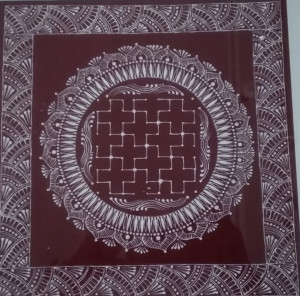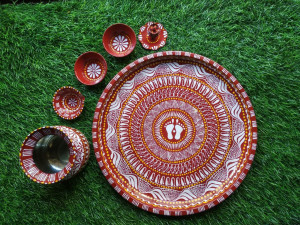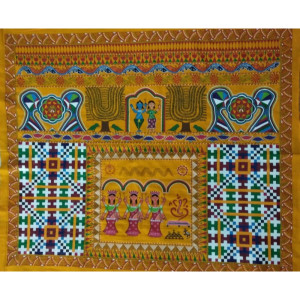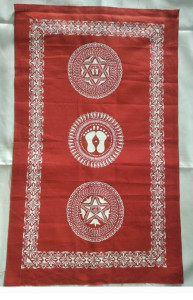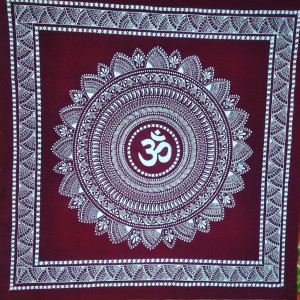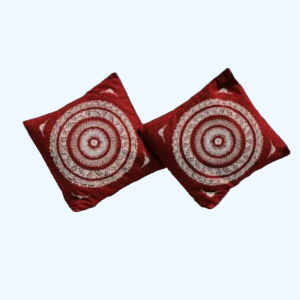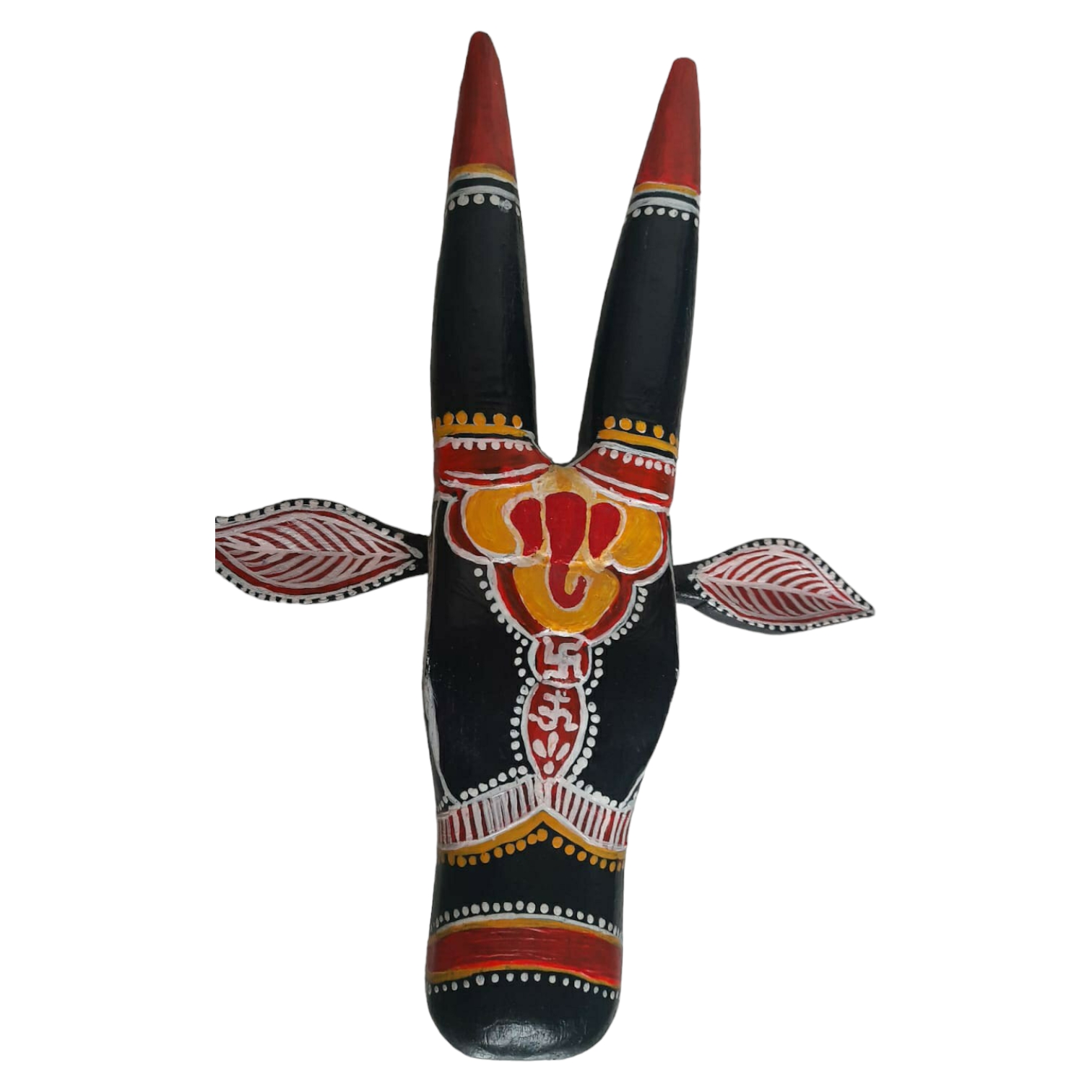Mandalam wall Aipan Art Style 2
Uttarakhand Apian Mandalam wall Aipan Art is a traditional form of geometric mural painting in the Indian state of Uttarakhand. Characterized by intricate patterns and vibrant colors, Aipan Art adorns walls and floors during festivals and auspicious occasions. Reflecting the rich cultural heritage of Uttarakhand, these hand-drawn designs often feature symbols of prosperity and spirituality. Aipan Art holds deep cultural significance, serving as both a decorative and symbolic expression of local traditions and beliefs in the picturesque region of Uttarakhand.
- Need Assistance? Feel free to reach us at support@giheritage.com or contact +91-7483932390 for assistance.
- Note: Although an artisan meticulously crafts their work with great attention to detail, there may still be some minor difference present, showcasing the inherent imperfections that add a touch of uniqueness to each piece. Kindly ignore such minor differences and slight variations in color, weight and dimensions as it adds to the uniqueness of product. Each piece is a one-of-a-kind treasure, making your purchase truly special.
- • GI Origin : Uttarakhand
- • Product Material : Casement Cloth
- • Size : 10 x 10 Inches
- • Weight : ~ 800 Grams
- • Colour : Red
- • Product GI Certificate No : 389
- • User GI Certificate No : AU/32813/GI/648/8
Description of Goods:
Aipan, a traditional art form from Uttarakhand, India, is a ritualistic folk art known for its intricate and symbolic designs. It primarily involves creating beautiful patterns on floors and walls of homes during auspicious occasions and festivals. The art is characterized by white designs on a red ochre background, created using natural dyes and a rice paste. The motifs often depict deities, flora, fauna, and geometric patterns, each carrying deep spiritual significance. Aipan is an integral part of the cultural and religious festivities of Uttarakhand, showcasing the rich heritage of the region.
Proof of Origin / Brief History (Historical Records):
Aipan's origins are deeply rooted in the cultural traditions of Uttarakhand, tracing back centuries. This art form has been passed down through generations, predominantly by the women of the household. Historical records and folklore suggest that Aipan was traditionally used to adorn the entrances of homes, prayer rooms, and spaces for ceremonial activities, with the belief that it brings good luck and wards off evil. The practice of Aipan is mentioned in ancient scriptures and is believed to have evolved from simple floor decorations to more elaborate and symbolic designs reflecting the region's socio-cultural evolution.
Method of Production:
The creation of Aipan involves several steps, starting with the preparation of the surface, which is usually cleaned and then coated with a mixture of geru (red ochre) to create a smooth and vibrant red background. The designs are meticulously hand-drawn with a paste made from rice flour, which is sometimes mixed with water or a gum to give it consistency. Artists use their fingers, twigs, or specially designed brushes to apply the paste. The traditional designs are memorized and passed down through generations, with each motif having a specific layout and meaning. The precision and skill involved in creating these designs without any preliminary sketches highlight the artisans' expertise.
Uniqueness:
The uniqueness of Aipan lies in its deep-rooted cultural significance, method of creation, and the meanings embedded within its motifs. Unlike other art forms, Aipan is not merely decorative but is imbued with wishes for prosperity, health, and protection against evil. The use of natural materials, the specific red and white color palette, and the ritualistic context of its application set it apart. The art form's association with specific rituals and its role in the daily lives and spiritual practices of the Uttarakhand people underscore its unique cultural identity. The GI tag recognizes and protects this uniqueness, ensuring that Aipan's traditional methods, symbolic meanings, and cultural significance are preserved and celebrated.

 INR
INR USD - $
USD - $
 CAD - Can$
CAD - Can$
 EUR - €
EUR - €
 GBP - £
GBP - £
 SGD - S$
SGD - S$
 AUD - A$
AUD - A$
 MYR - (RM)
MYR - (RM)


